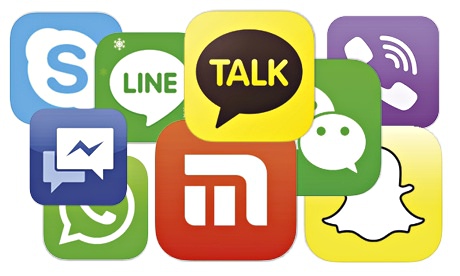Shirley Deutsch, a fellow 101 student discusses how millennial demand a different approach for firms to be successful at getting their attention. She breaks it down into 3 components: Technology, Stability and Culture. My argument, although I agree with some aspects of her opinion, is that it isn’t the consumers that are changing the market, but it is large firms that are setting the bench mark for market interaction.
For example, we look at Apple, a leading corporation in contemporary society, and one can witness the marketing that the company promotes through commercials such as the one in this Youtube link: https://www.youtube.com/watch?v=v76f6KPSJ2w, In this advertisement, you can see that apple has created an add in which it promotes families getting together without actually ever promoting the product; however, viewers still know that it is an apple product through subtle hints. But that’s beside the point, Apple has started a trend of creating marketing through human connection and experience. This approach markets toward the millennial generation on a subconscious level, large corporations (such as Apple) create adds that appeal to the beliefs of the majority while the viewer still understands that a product is being promoted. This modern tactic creates the most amount of supporters to date. That is why large firms, like Apple, are the leading bench marks for market display.
References:
https://blogs.ubc.ca/shirleydeutsch/



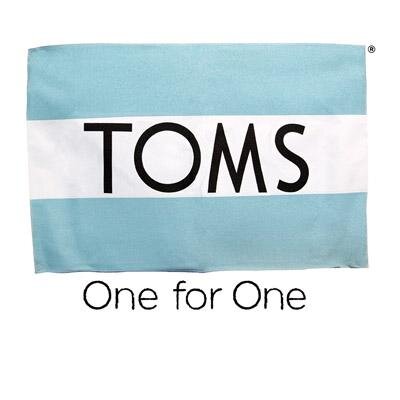





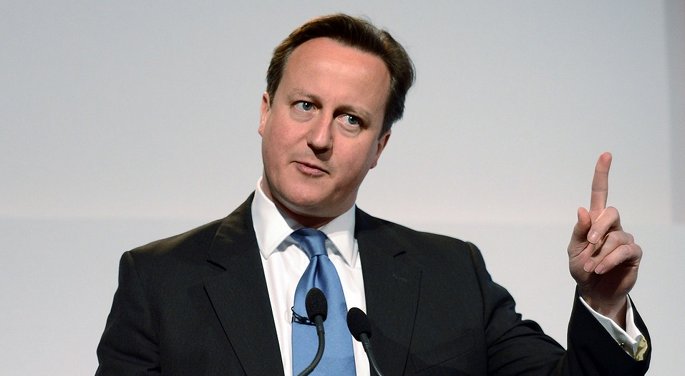
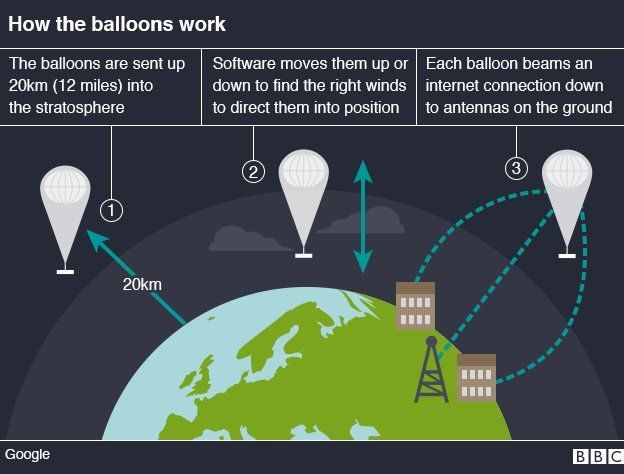

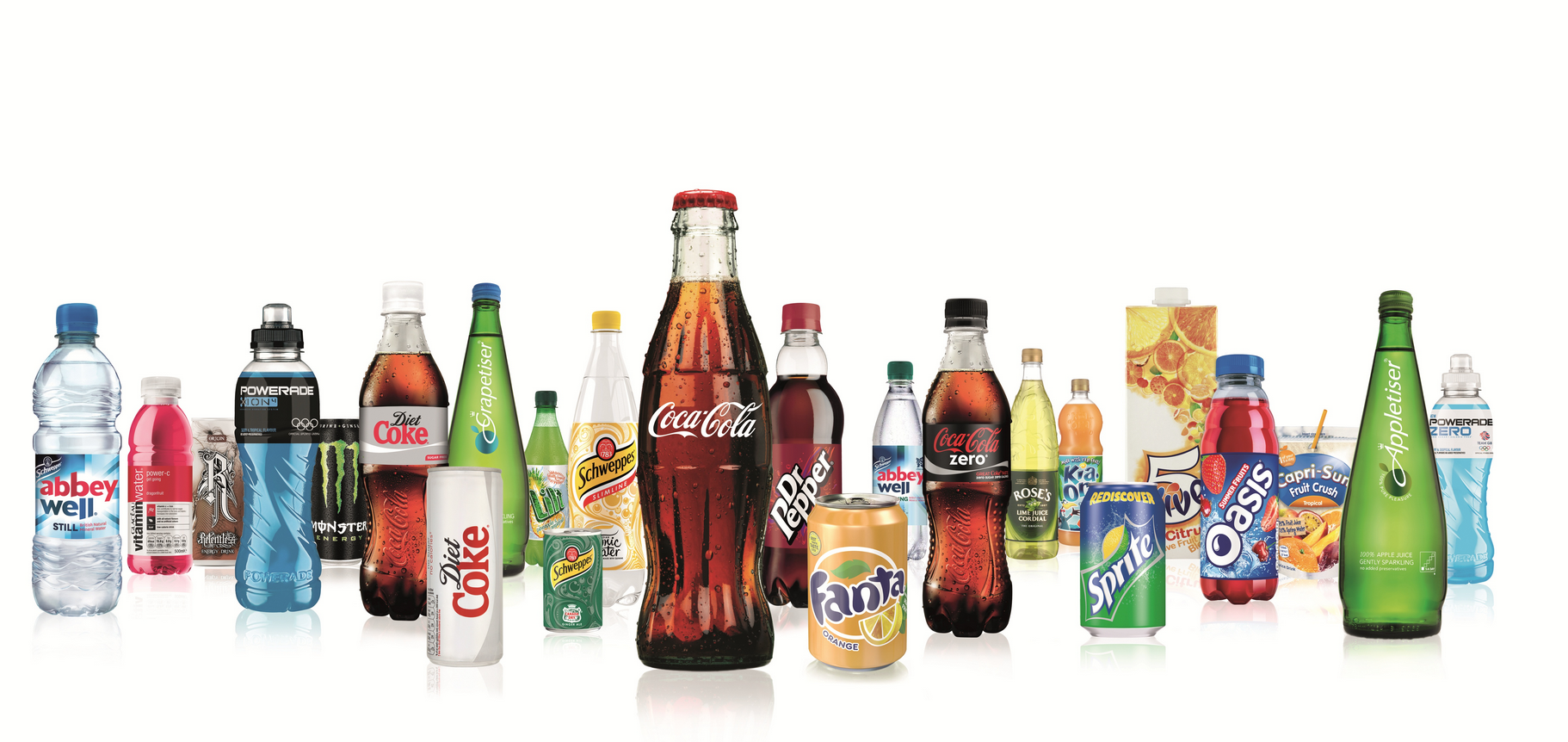
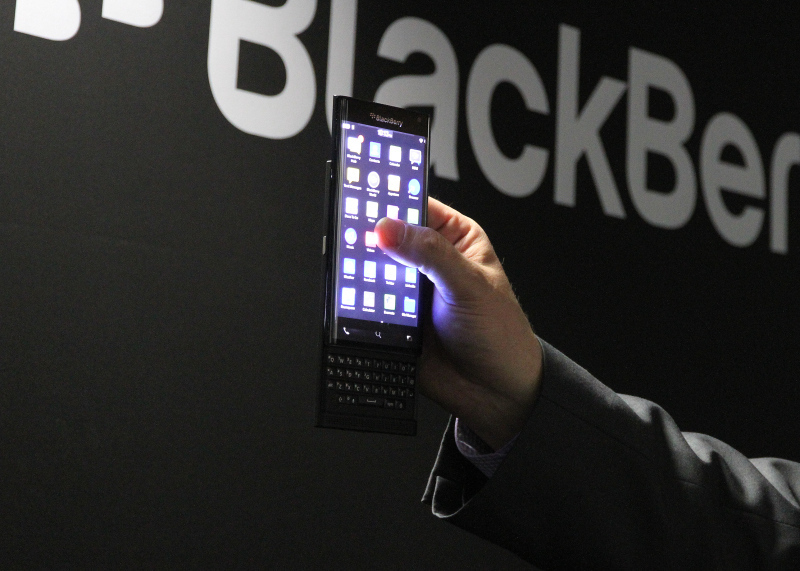
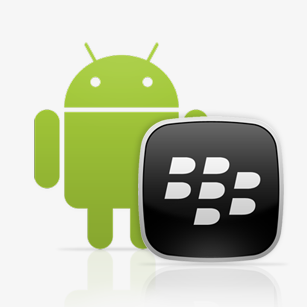

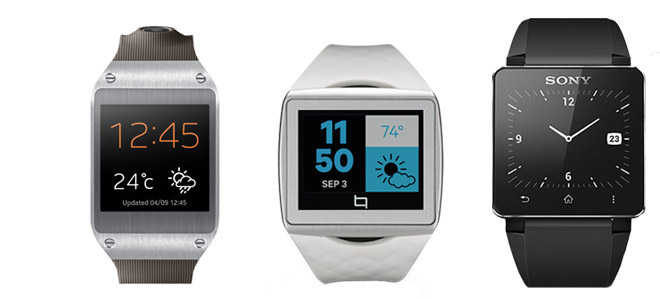
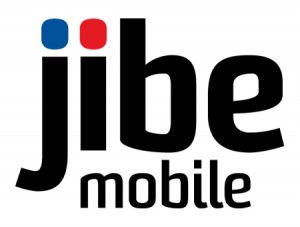 Rich Communications Services (RCS) is the current standard for communication and Google is planning to take it to the next level with Jibe Mobile.
Rich Communications Services (RCS) is the current standard for communication and Google is planning to take it to the next level with Jibe Mobile.